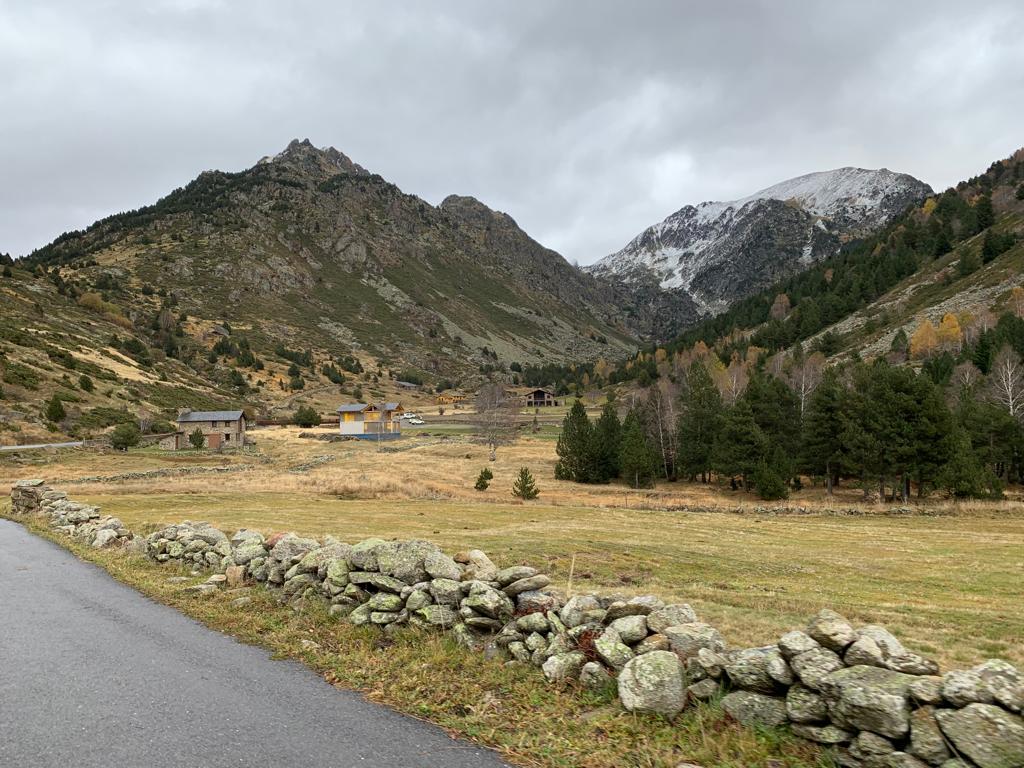A Daytrip To Andorra – A Guide For Culture Lovers
Andorra can be visited on a daytrip from Barcelona, allowing a glimpse of this mountainous and interestingly quirky principality.
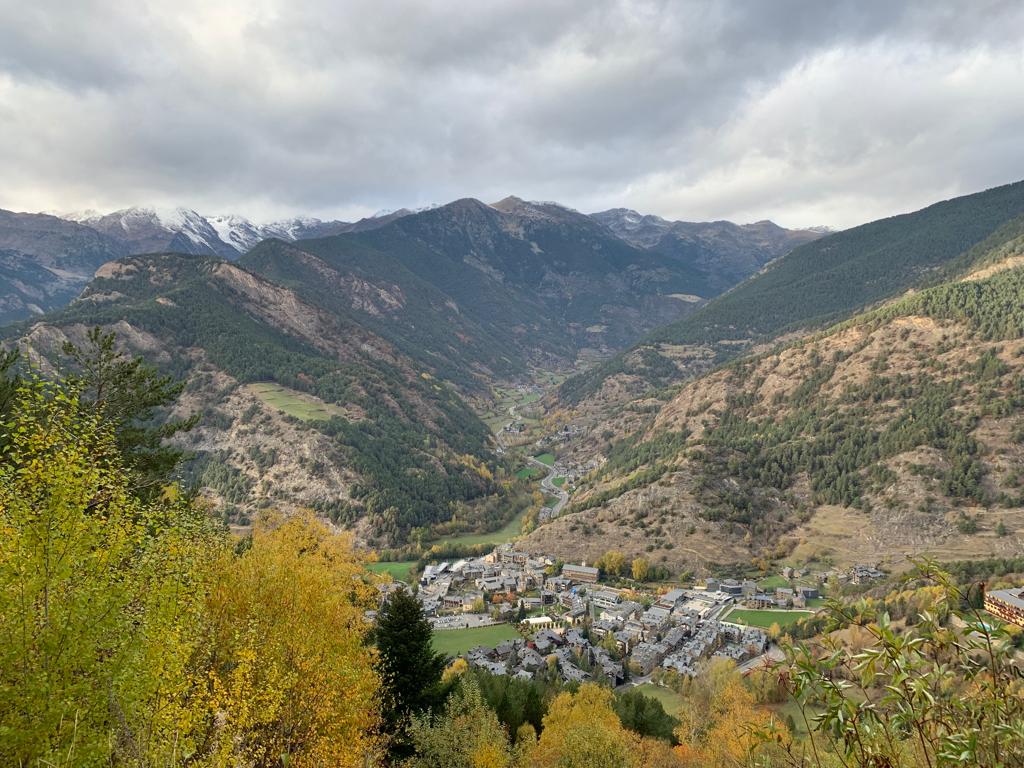


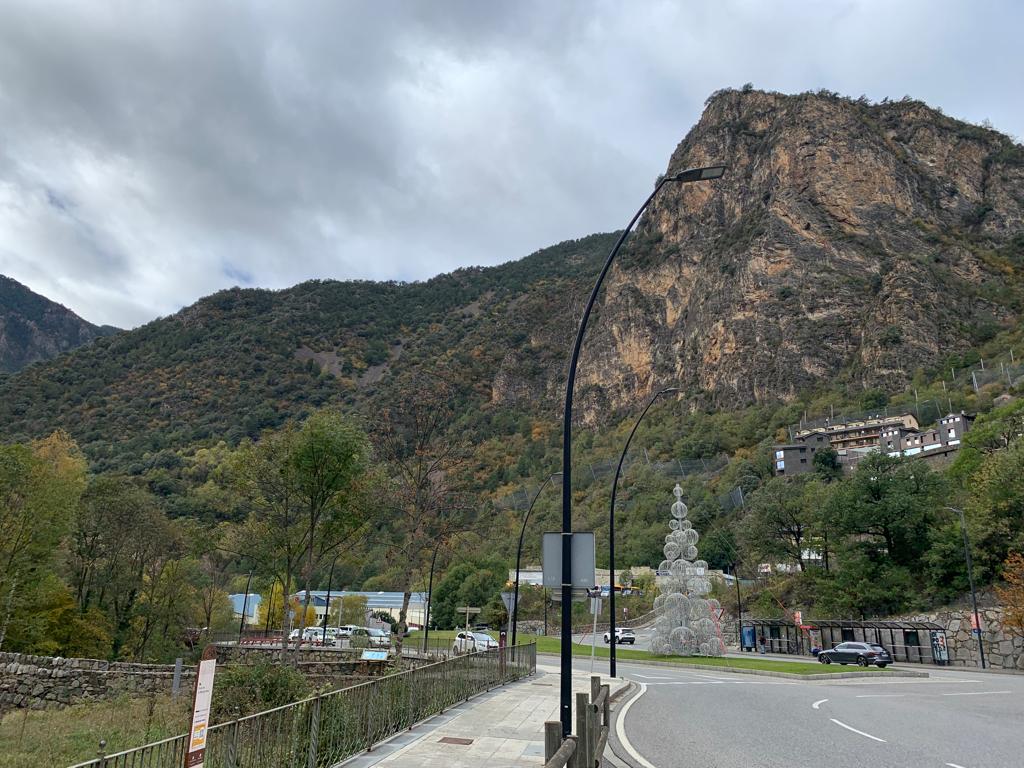
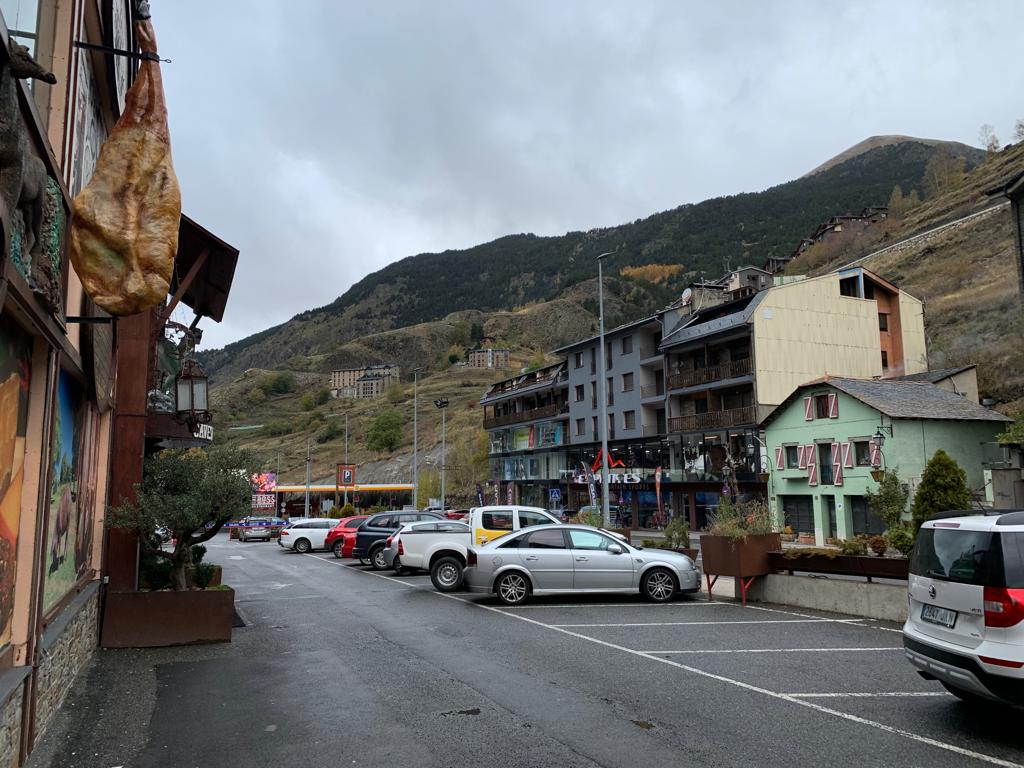
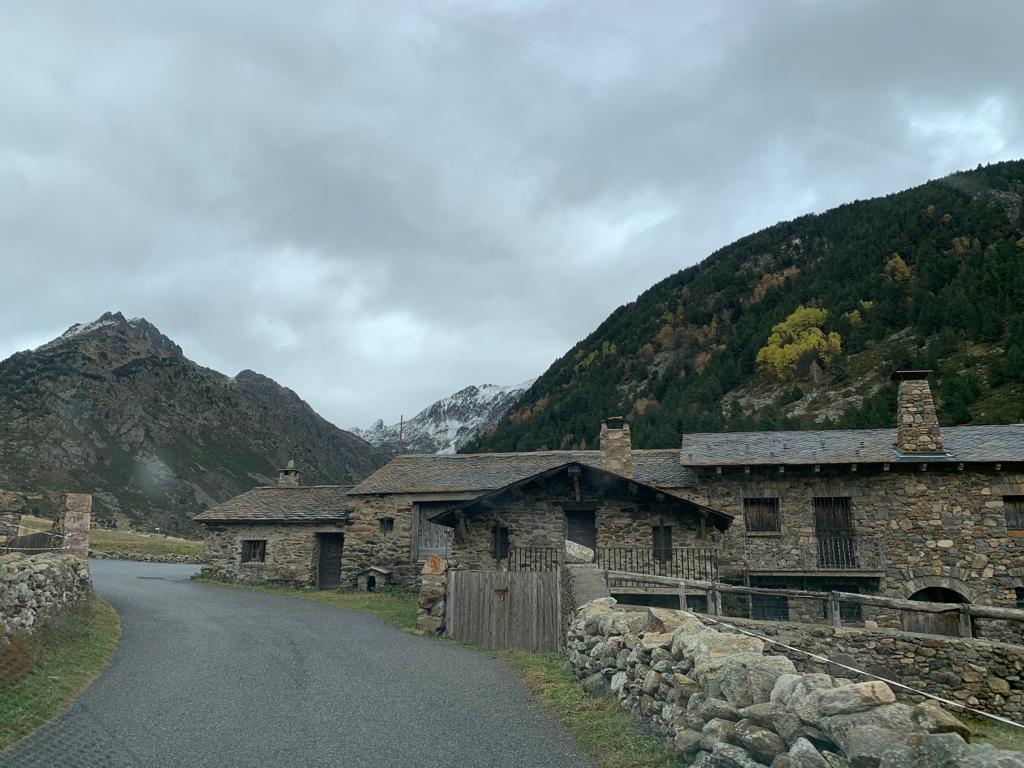
A Daytrip To Andorra
Before my recent trip to Barcelona, I was toying with the idea of a day in Andorra. I could easily have filled the day in Barcelona: as discussed in my long weekend guide to that lovely city, there is plenty to see and do there. But I love travelling to new places, and particularly love historic oddities, and for me Andorra fitted the bill on both counts.
Andorra is the sixth-smallest country in Europe. It’s a survivor. Europe used to be full of little principalities. But as countries took their current form these became rarer and rarer: most were swallowed up into larger entities, often through marriage or war. Today there are only a handful, like Monaco, San Marino, or Liechtenstein. The Vatican City aside, most of these micro countries have survived and prospered in the modern age by carving themselves a niche. For Monaco this is banking and gambling. Liechtenstein does a lot of specialised manufacturing including of electronics and dental products. San Marino lives on tourism, and for Andorra it’s tourism plus banking. As in other parts of the world, small countries in Europe often have a ‘tax haven’ status which makes investment appealing.
Whatever your thoughts on how these countries ensure their continuing independence, it makes them interesting. I wanted to explore Andorra, to get a sense of its history and what life is like there today. Luckily I was able to find a trip that suited my needs (more on this later), and so off I went. What I found was a place that upheld my expectations in some ways, and subverted them in others. Overall it was an interesting contrast with Barcelona, and a way to see a different expression of historically Catalan culture.
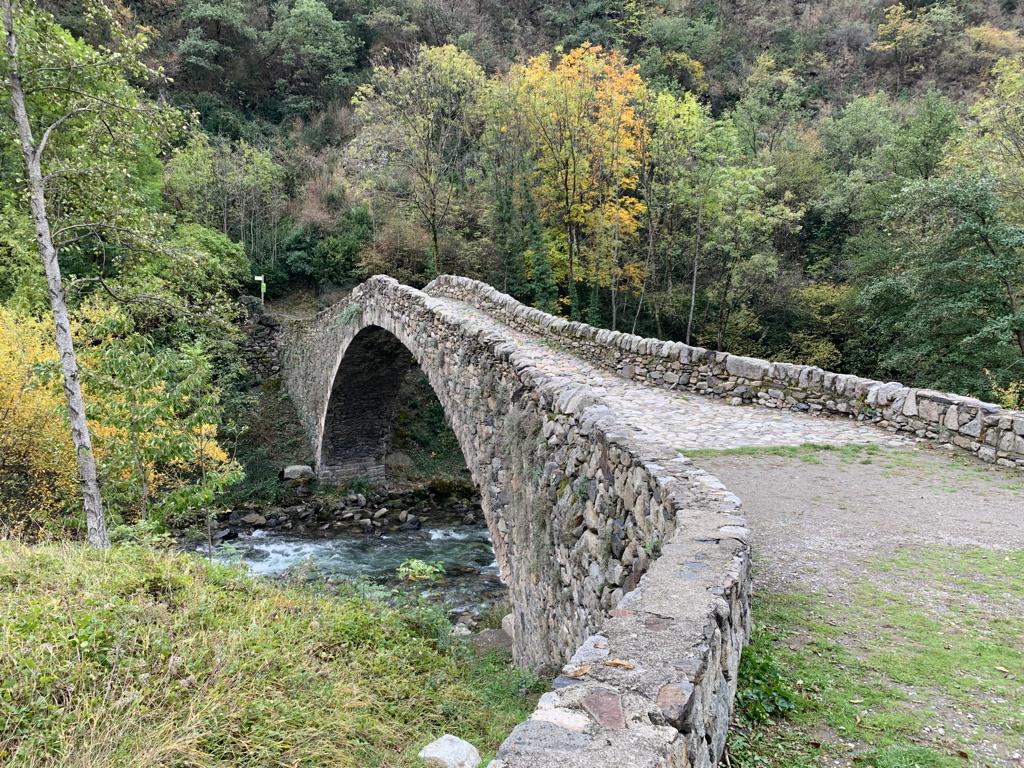
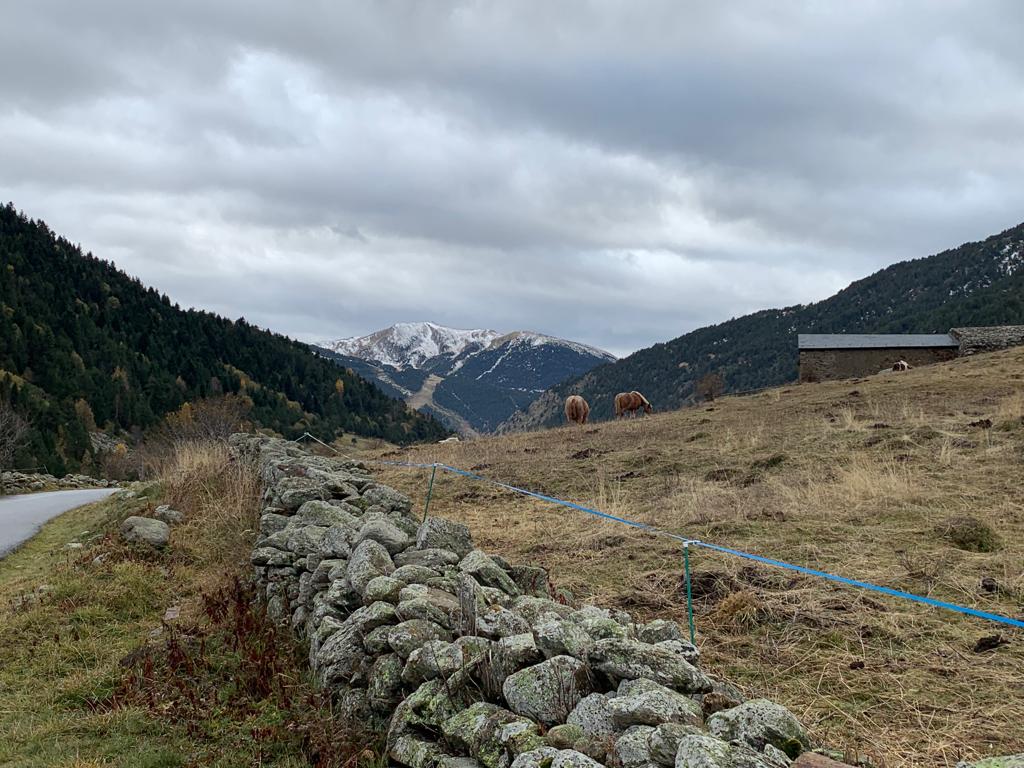
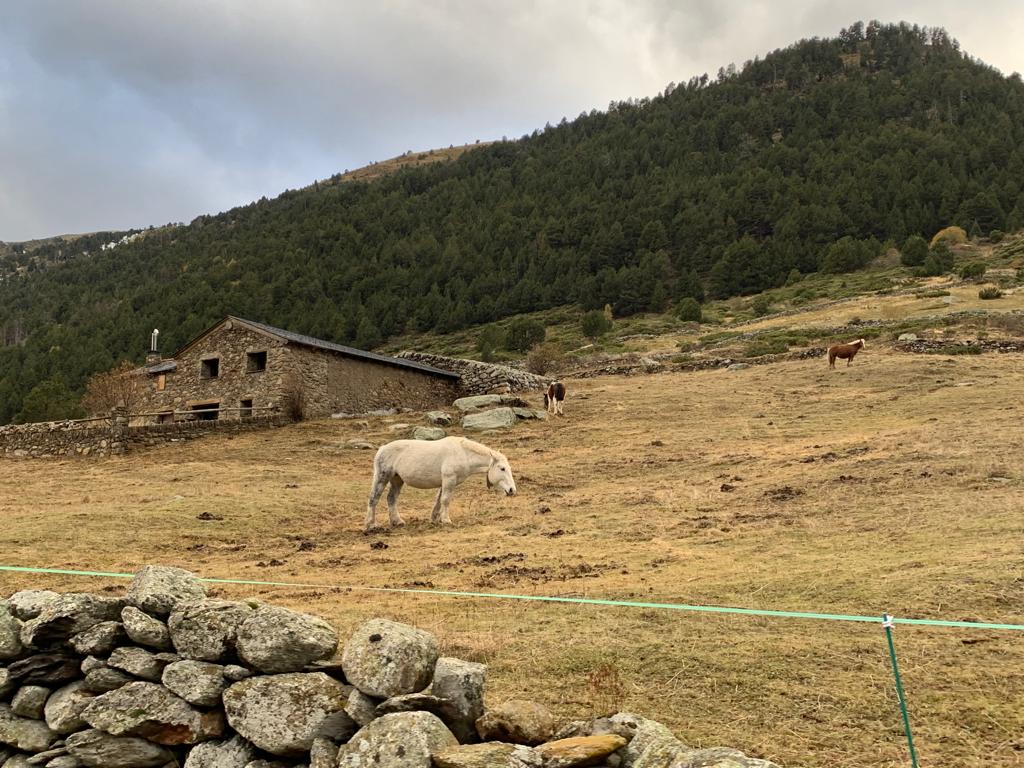

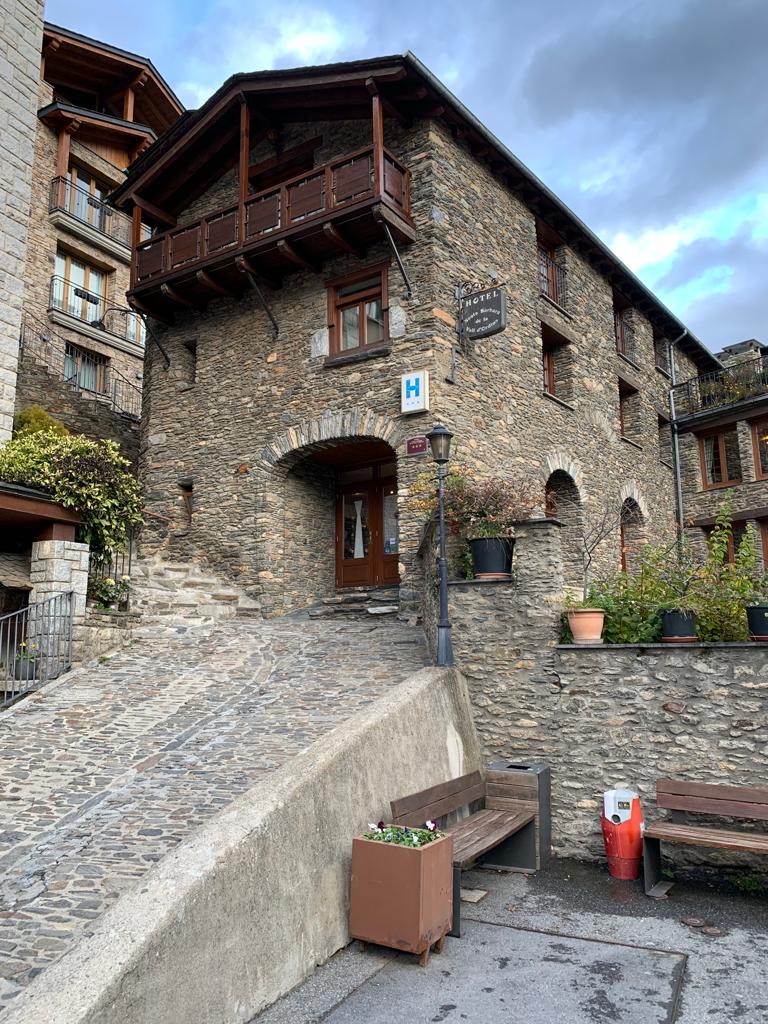
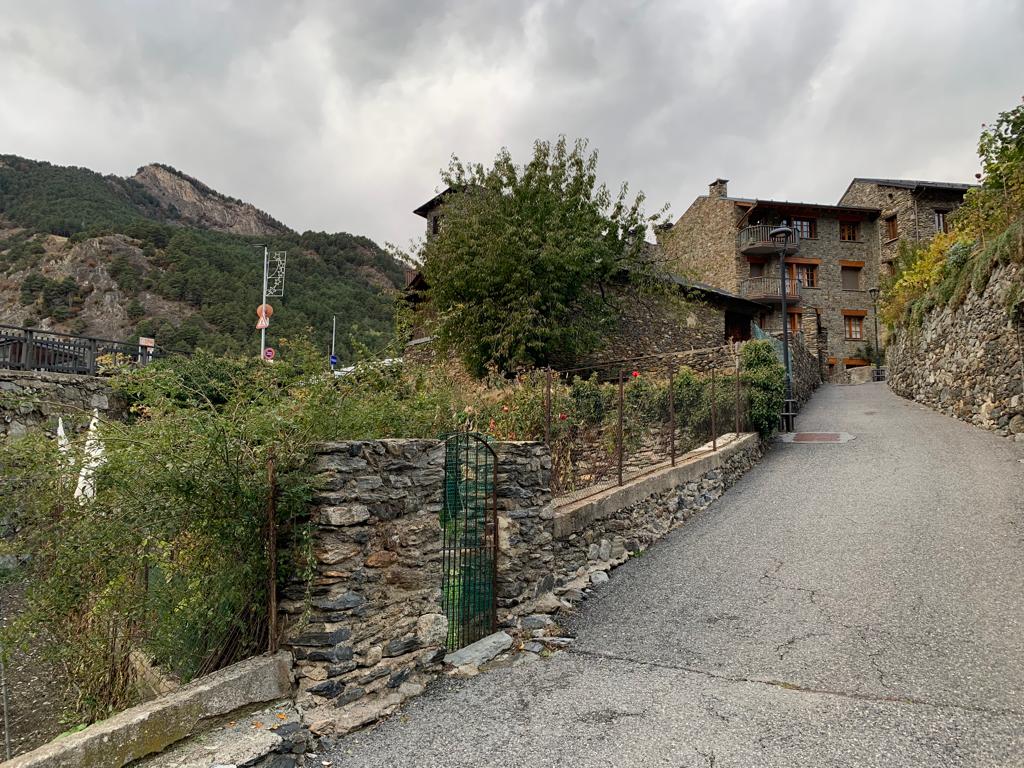
A Short History of Andorra
If I briefly sum up what Andorra used to be like, I would say poor and isolated. This mountainous terrain sandwiched between France and Spain, in the Pyrenees, has less than 2% arable land. The first humans to spend time here were mainly passing through, setting up seasonal camps while hunting and gathering. The first permanent camp emerged around 6640 BCE: Andorra has a few archaeological sites dating to the Neolithic era.
The later mix of peoples is rather similar to Barcelona. The population in the Classical period was Iberian. The Romans popped up, as they do across most of Europe, with a couple of camps and some trading sites. After the fall of the Roman Empire the Visigoths moved in. Andorra was too isolated for the Muslim rulers of Al-Andalus to really bother with.
It’s from the medieval period that Andorra really gets interesting. The legend goes that the Principality of Andorra was founded and named by Charlemagne. Unlikely, but shows the influence of Frankish culture: it was at the time part of the buffer zone between the Frankish and Moorish empires. In 988 the local Count of Urgell did a land swap with the Bishop of Urgell, giving him the Andorran Valleys. Ever since then the Bishop of Urgell has been one of two co-princes of Andorra. The other co-prince title passed from the Lords of Caboet to the Counts of Foix to the Kings of Navarre to the head of the French state. Yes, that’s right, Emmanuel Macron is co-prince of Andorra.
Despite all these political goings-on, life in Andorra was pretty feudal until the 20th Century. Local affairs were determined by a council of wealthy families. Trade was difficult because of Andorra’s geographic isolation. There were many ties to Catalan culture, but also Basque, French and other influences. Things only began to change in the 19th Century when tourism became a thing and the mountains became an attraction rather than a hindrance. Events of the 20th Century including war and Francoism established Andorra as a good spot for black market and later tax free shopping. Andorra gained universal enfranchisement, ski resorts, and other mod cons. Today it enjoys a relatively favourable situation of low taxes, ties to the EU in some areas, and independence in others.
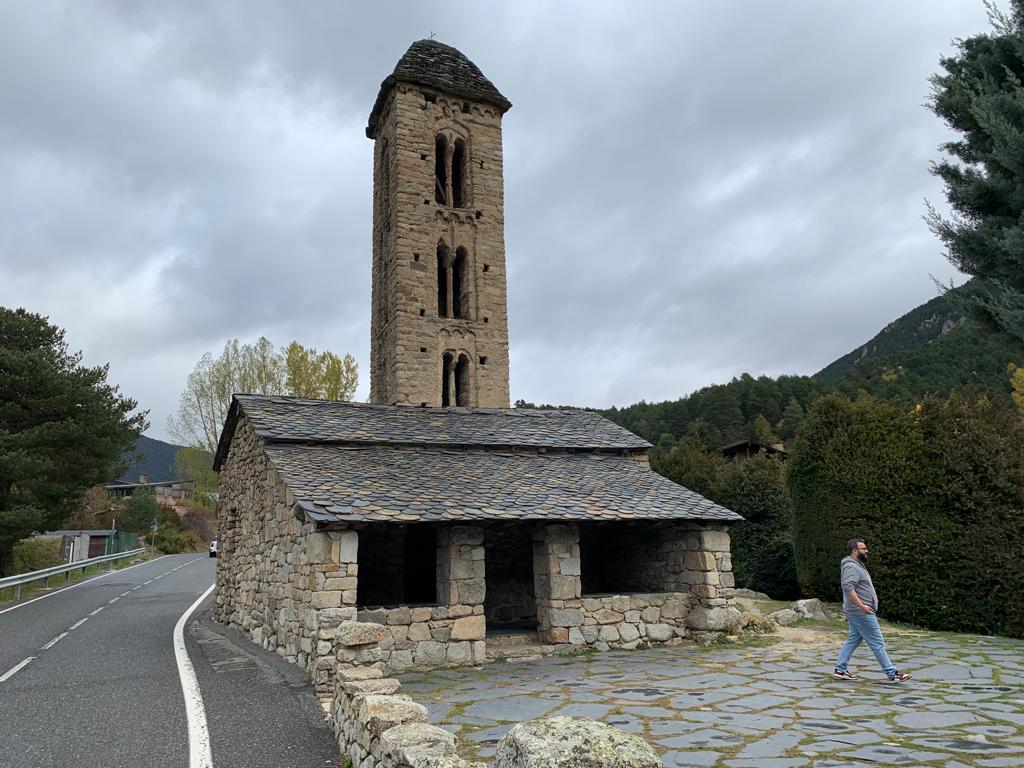
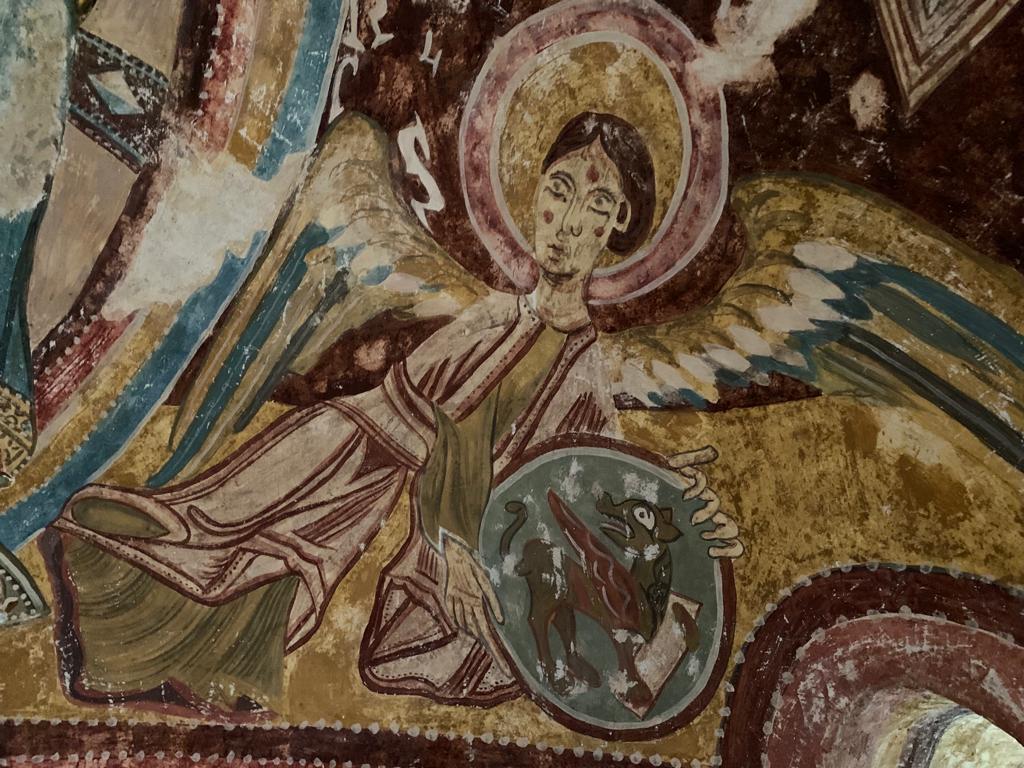




Exploring Cultural Heritage
So given this history of a small rural population followed by extensive recent development, what does that mean in terms of history and cultural heritage in Andorra? At least in my experience it means it is there, but your ability to see it will depend on how you got to Andorra in the first place. Even today there are no airports or railways in Andorra, so that essentially means driving into the country. Almost all organised tours I saw stopped only at Andorra la Vella, the capital city. Andorra la Vella began to modernise in the 1930s, so while there are a few historic buildings, they are the minority. You need to get out and about (ie. you need a car) to properly take in the country’s cultural heritage.
I went on a tour to Andorra, but was lucky with the format. I found one in which myself and two other guests went in a private car from Barcelona and back, with a flexible itinerary based on what we wanted to see. For us this was a blend of cultural heritage and natural sights. We started by climbing above Andorra la Vella to the tiny hamlet of Engolasters. The church of Sant Miquel d’Engolasters is a typical Pyrenean church, built in a simple and rough style from local stone. The Romanesque frescoes inside are not the originals, which have been removed to Barcelona. But they are nonetheless beautiful and give a sense of rural Andorran life.
The other highlight for me in terms of cultural heritage was the town of Ordino. Unlike Andorra la Vella, Ordino still has its medieval town centre. This again involves a lot of stone architecture, prepared to face the winter snows. Ordino is considered something of an Andorran cultural capital, with institutions like the Fundacio Ramon Llull which promotes Catalan culture and language.
There are museums in Andorra, but unusually for the Salterton Arts Review I didn’t visit any. For me, understanding Andorra’s cultural heritage was more about seeing how people lived in this landscape, and how lives here might have been similar or different to what I’ve experienced in Spain and France.
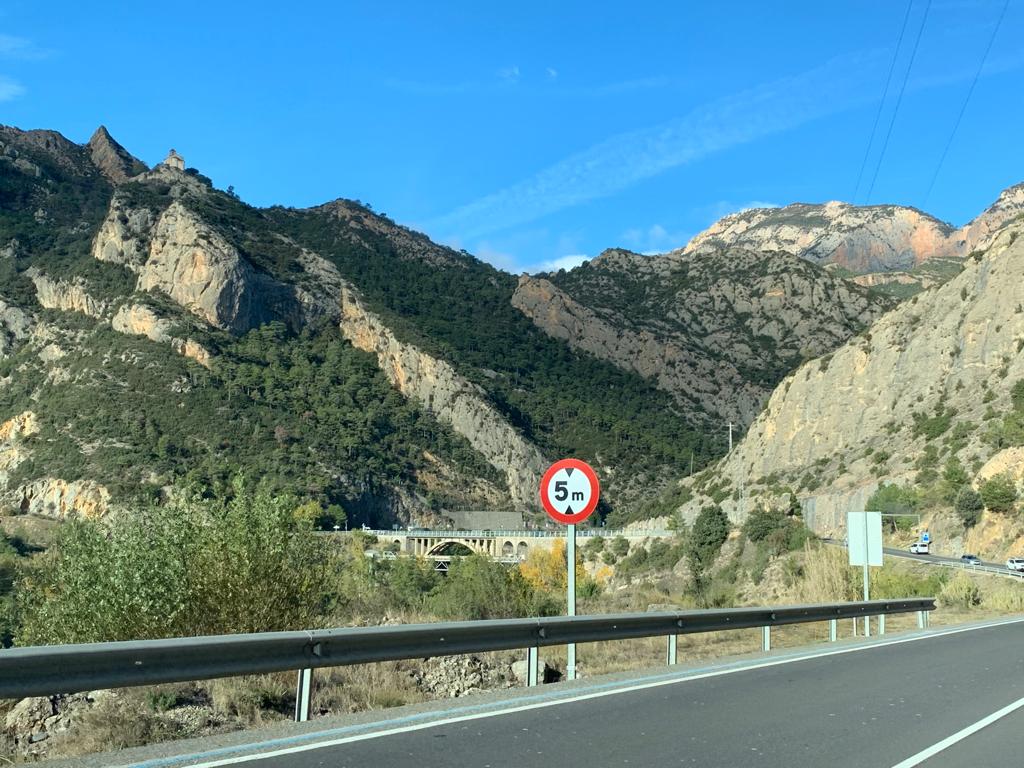
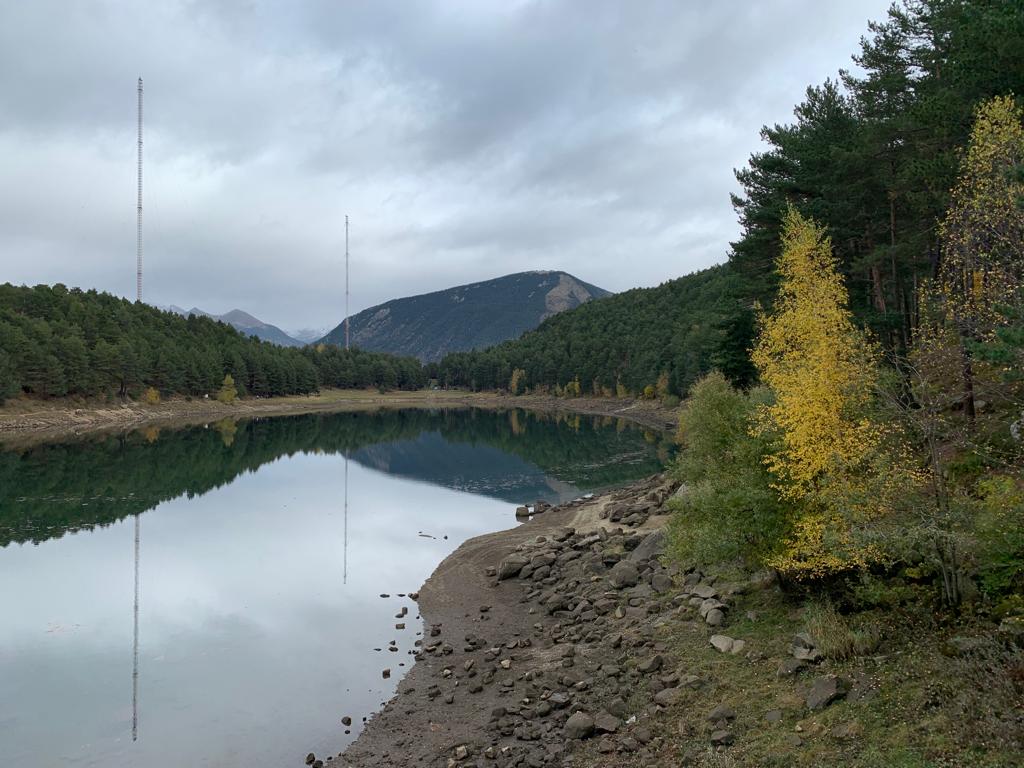
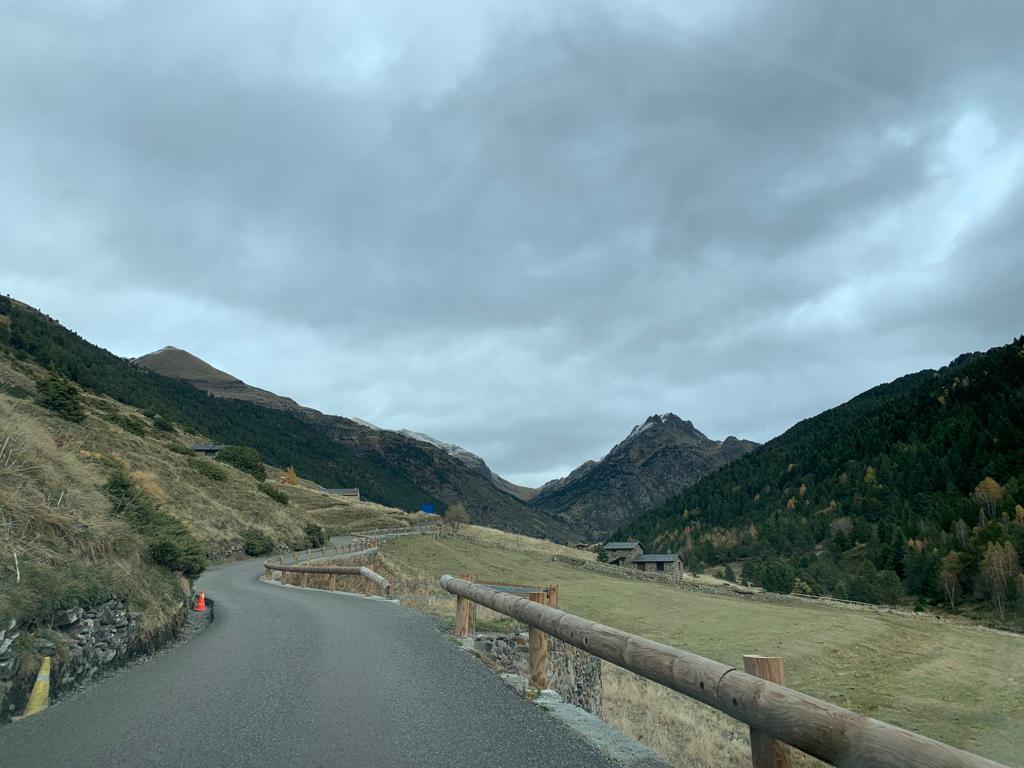
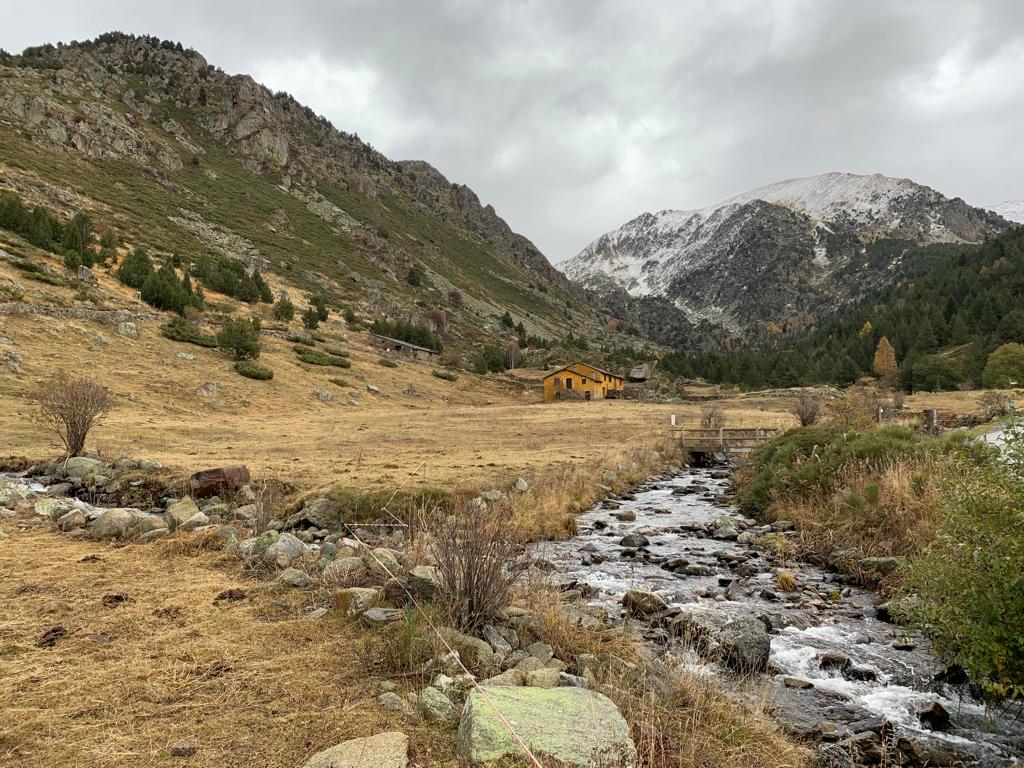

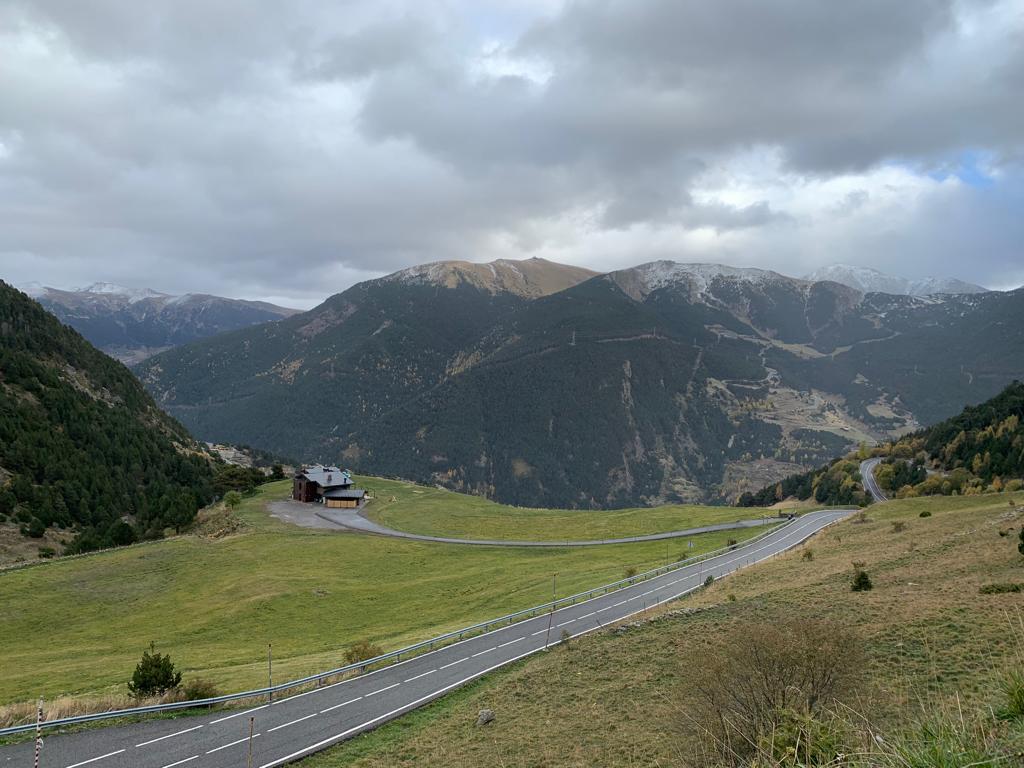
Exploring Natural Heritage
As I mentioned previously, my tour guide in Andorra took us to a mixture of cultural and natural heritage sites. In Andorra, as you might expect, natural heritage means mountain landscapes. Again these are much easier to get to with a car. But hiking tours in the warmer months would also be a possibility.
I visited Andorra in early November, and found this a lovely time. It wasn’t yet overly cold, but there was a dusting of snow on some of the higher peaks. And the colours of the trees was beautiful: such a contrast from sunny Barcelona with its palm trees. There are plenty of walking trails in Andorra. We stopped off at a hydroelectric lake and a high country residential area which had easy walks. With better equipment we could have challenged ourselves further. But even on these quick and relatively flat walks we could breathe the fresh mountain air, get a feel for the mountains, and say hello to horses wearing bells like alpine cows.
Andorra’s tourism website claims that 90% of its landscapes are untouched by humans. I doubt it – people have shaped most landscapes in one way or another. But it does have three large natural parks and many outdoor activities like skiing, fishing, and mountain biking. All that forest cover is good for birds. And Andorra has a lot of dark sky as well – places to get good views of stars and the night sky. The Madriu-Perafita-Claror park is a UNESCO World Heritage site.
Cynicism about untouched landscapes aside, Andorra is rich in natural heritage. Whether that’s the primary focus of your trip or an added bonus, it’s possible for people of most abilities to get out and explore it.
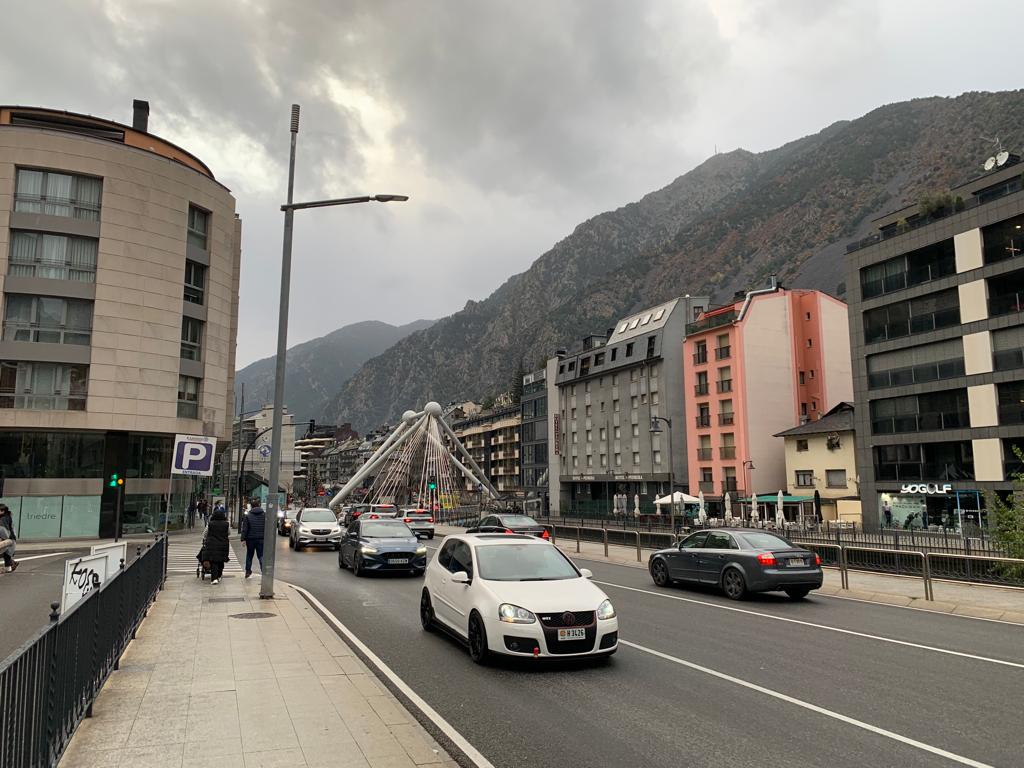
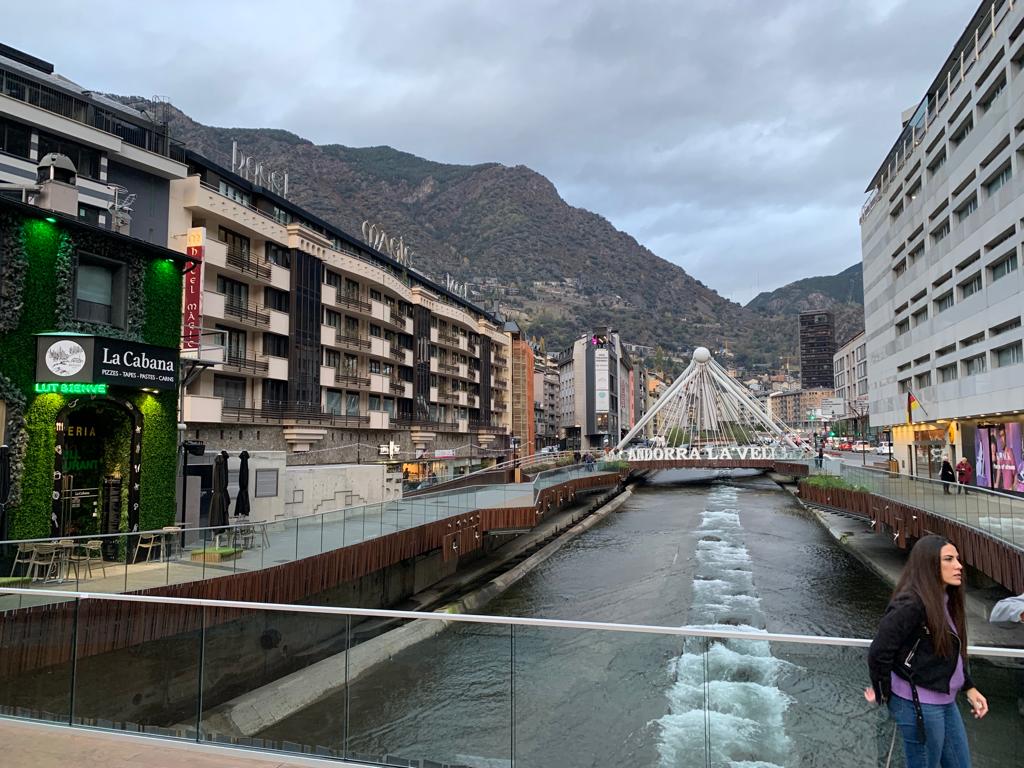
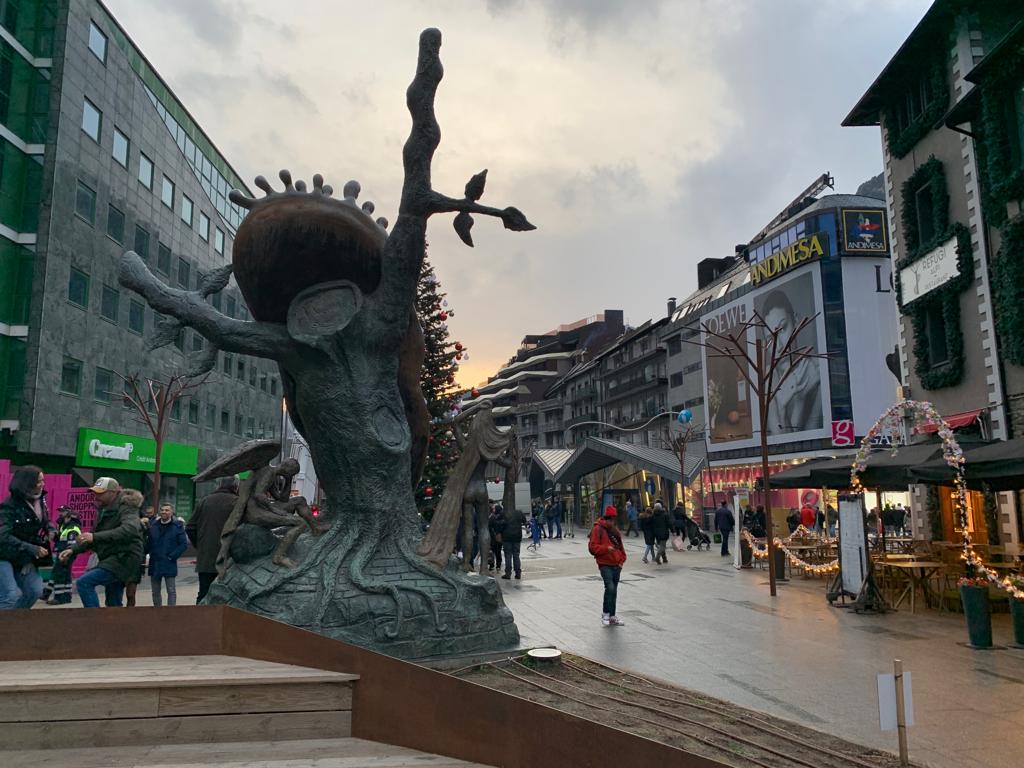
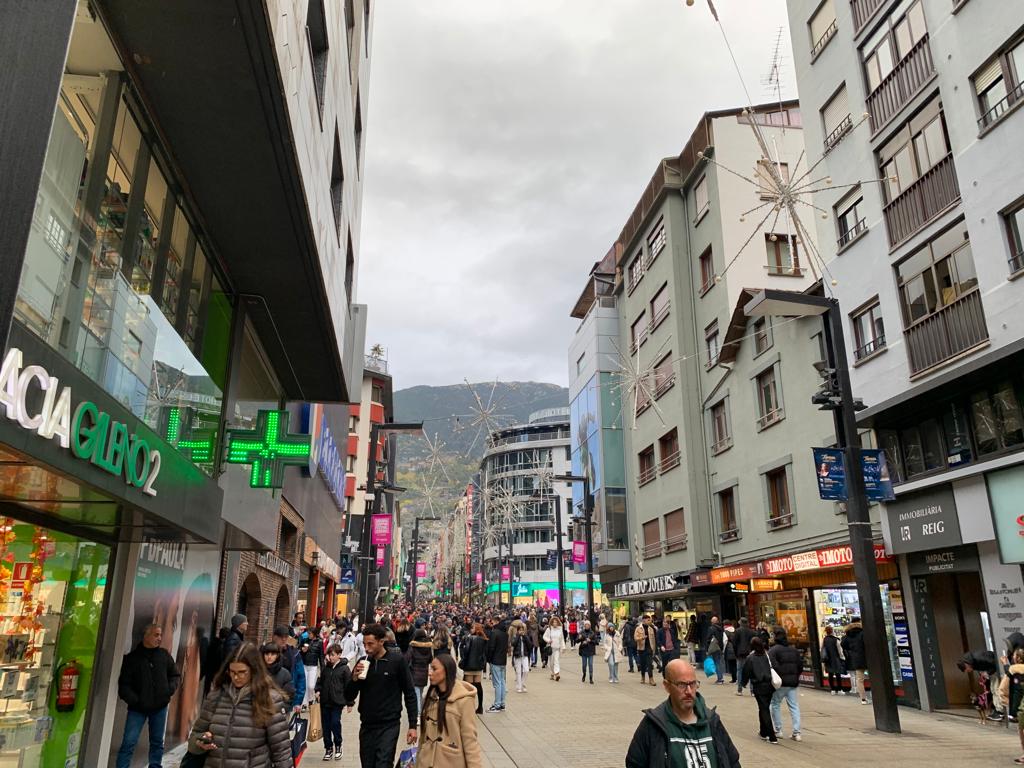

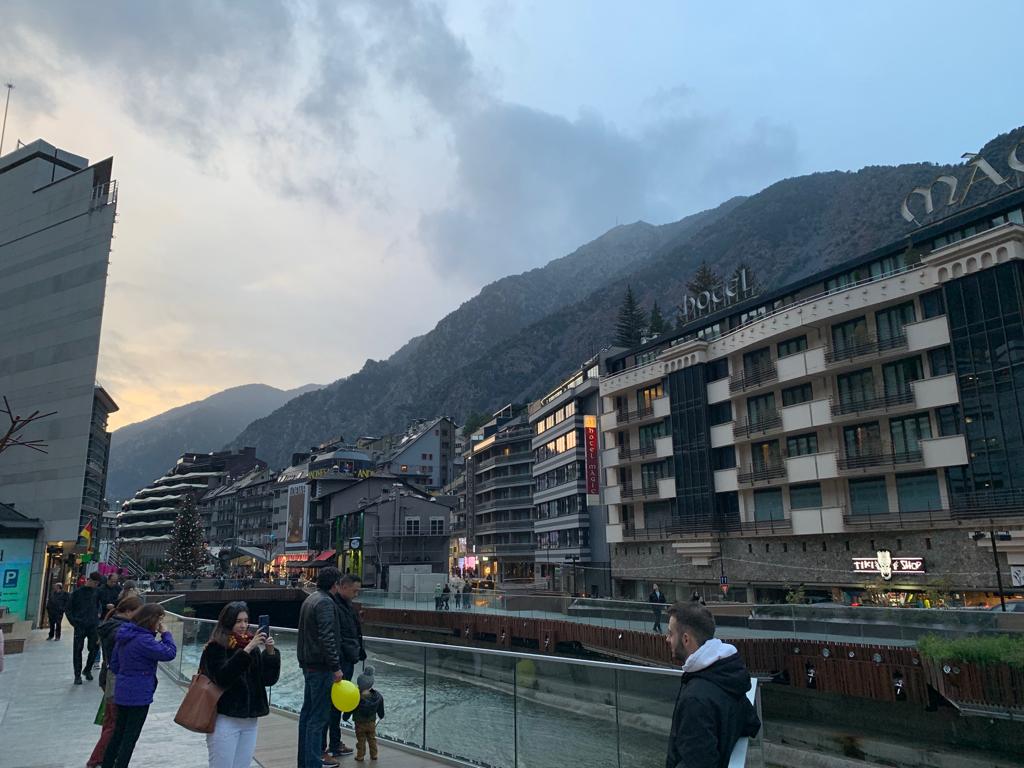
Andorra La Vella
We’ve now looked at cultural and natural heritage in Andorra. What about its capital city, Andorra la Vella? Is that worth a look? I have to be honest – compared to the rest of the country I found it a little disappointing.
Andorra la Vella has a population of just under 25,000. A very small capital city indeed. It’s in a dramatic spot, nestled at the bottom of a valley with mountains towering all around. This has been the capital of Andorra since the 13th century. A small Barri Antic (Old Town) contains historic buildings, including the Casa de la Vall which has been the parliamentary house since 1702.
However, Andorra la Vella today is more about servicing the tourism industry. There are loads of duty free shops to buy perfumes, alcohol, tobacco and more. Compared to the charm of somewhere like Ordino, Andorra la Vella conveys very little about the history and culture of Andorra. Given you need a car to see the country properly, if you’re on a longer trip I wouldn’t even recommend staying here. If it’s convenient to facilitate a skiing trip then maybe. But otherwise why not really make the most of Andorra by staying in the midst of its spectacular scenery? Somewhere like l’Ovella Negra in the Vall d’Incles.
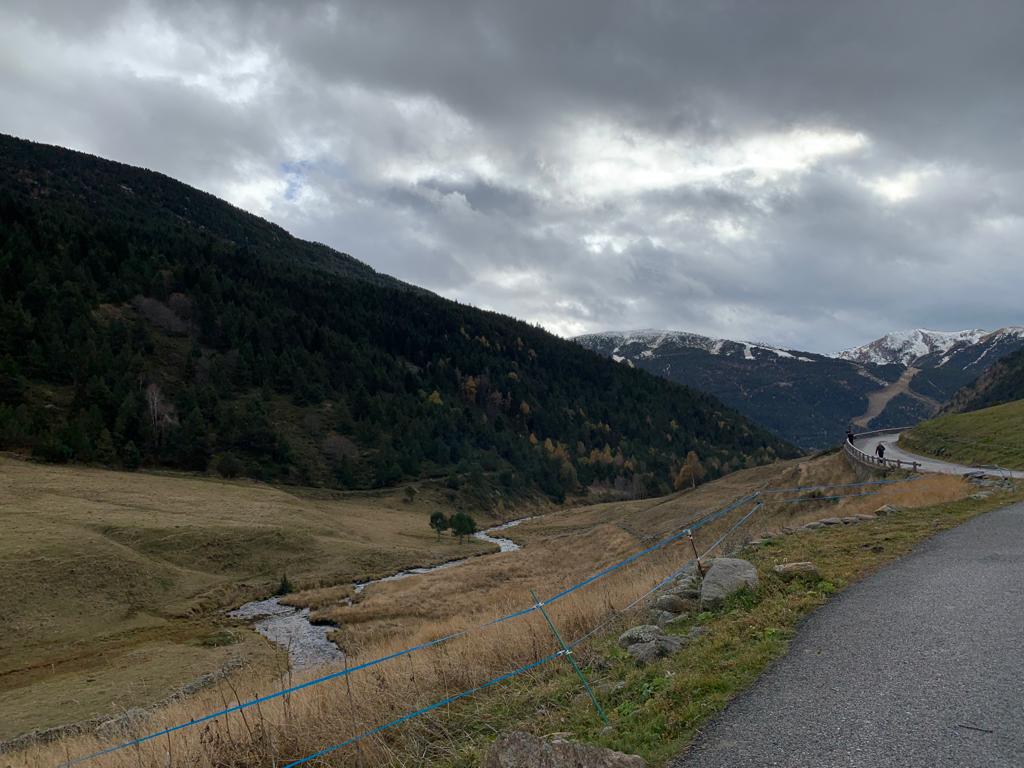

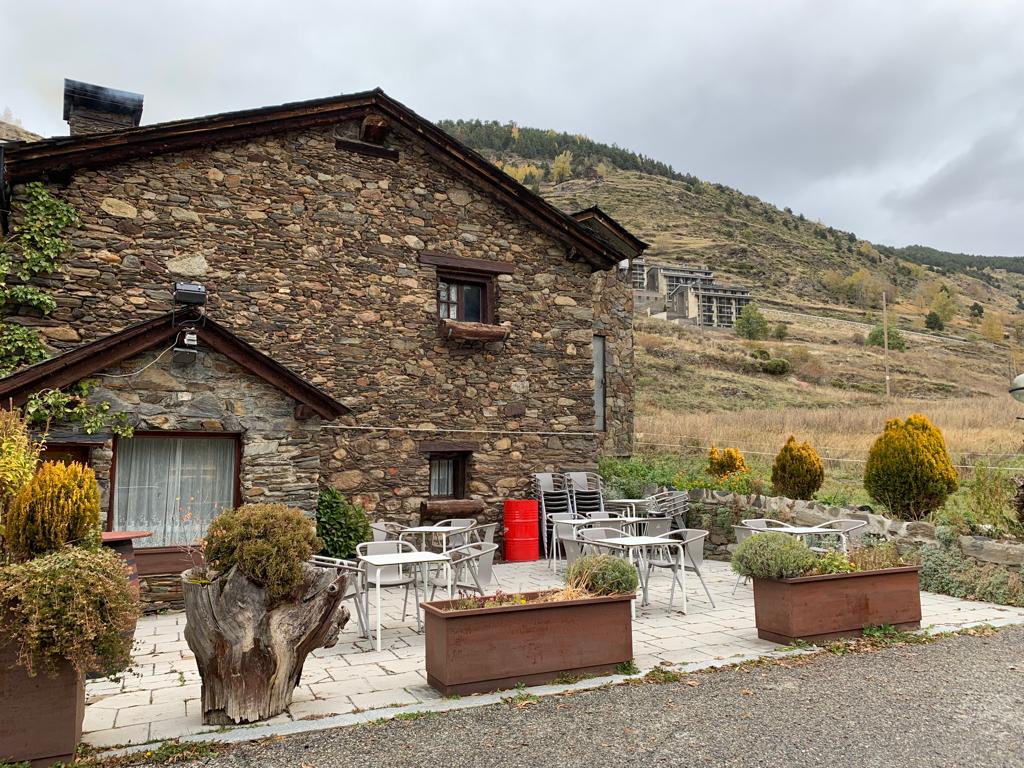
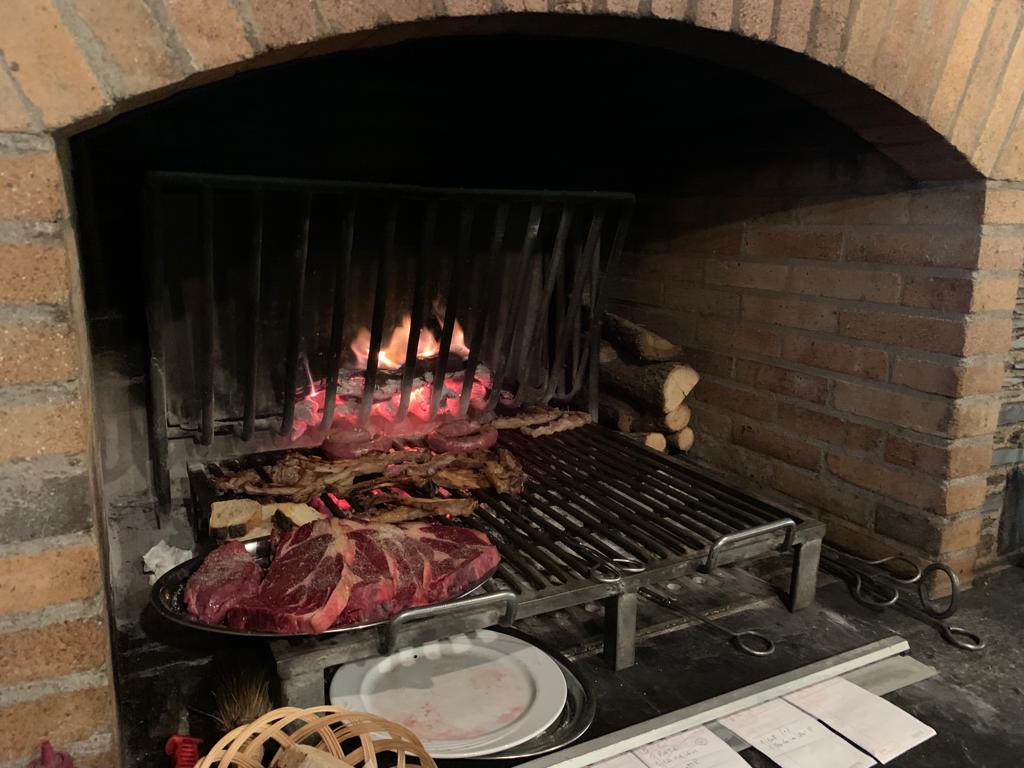
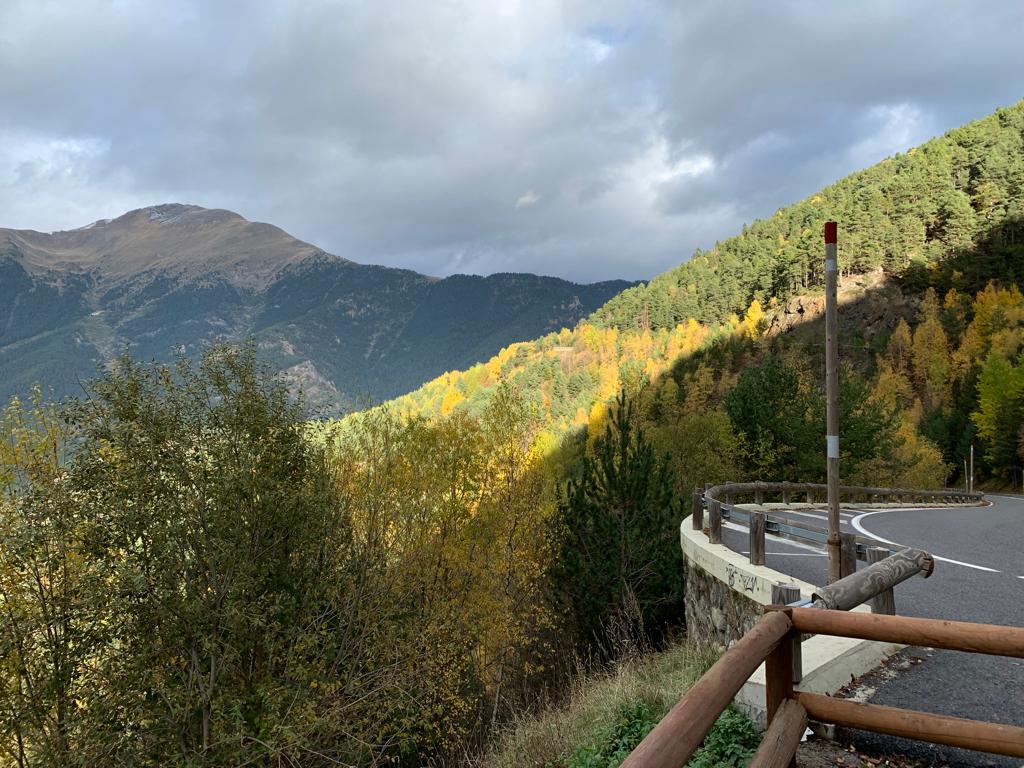

A Few Final Practicalities
Having shared a few of my Andorran experiences with you, it’s now time to get practical. What’s the best way to get to Andorra, and what do you need to prepare?
Firstly, as I’ve alluded to above, if you’re not going to have a car then picking the right tour is important. Most tours I saw were ‘three countries in one day’ types. I’m sure the spots they stop at in Spain and France are nice. But if you want to spend the day actually in Andorra then options are limited. I was lucky to find this tour. It’s not cheap, but the flexibility of being in a private car and able to influence the itinerary was worth it to me.
Otherwise going to Andorra is pretty easy. Don’t forget your passport, although it may not be checked at the border. The local currency is the Euro, and you can get by in English, French or Spanish (Catalan even better). One thing I wasn’t expecting was that most phone providers don’t do roaming in Andorra. One of the times it’s not part of the EU, I guess. So factor that in if you’re doing a self-driving tour, and either get a local SIM or a map.
Finally – a note on food. Local specialties are not exactly plentiful. Especially as there are so many touristy après-ski type restaurants. But it’s possible to find good, local food. We went to Restaurante Borda de l’Hortó not far from the town of El Tarter. It’s a restaurant in a historic stables, serving good food and with friendly service. There were even local wines on the menu, but you pay a premium for that novelty and we chose a decent, fairly local Spanish wine instead.
Reflecting on my day in Andorra, I’m glad to have had the opportunity to do this daytrip. If Andorra wasn’t technically a different country I probably wouldn’t have come here. But the fact that it is a sovereign state is part of its charm. Its landscapes are beautiful, as bold and rugged as its historic stone towns. If all you have is a day then it’s worth spending here, but likewise I would love to return one summer and explore a little further.
If you see this after your page is loaded completely, leafletJS files are missing.

